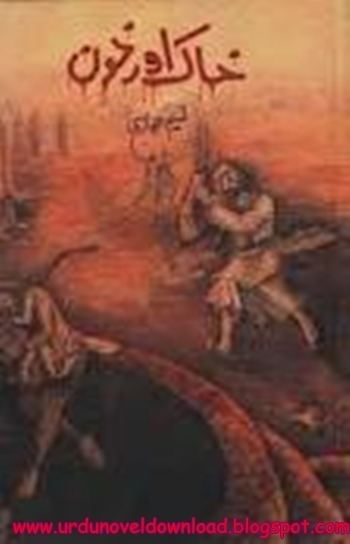Name Naseem Hijazi Role Writer | Died 1996 Books Khaak aur Khoon, Shaheen | |
 | ||
qaisar o kisra by naseem hijazi part 2
Sharif Hussain (Urdu: شریف حسین), who used the pseudonym Nasīm Hijāzī (Urdu: نسیم حجازی, commonly transliterated as Naseem Hijazi or Nasim Hijazi) (c. 1914–2 March 1996), was an Urdu novelist. He was born in an Arain family in the village of Sujaanpur near the town of Dhariwal, in the Gurdaspur district of Punjab, before the independence of Pakistan; his family settled in Lahore in 1947. He lived most of his life in Pakistan and died on 2 March 1996.
Contents
- qaisar o kisra by naseem hijazi part 2
- Dunya news famous writer naseem hijazi being remembered
- His Novels
- Legacy
- References

Dunya news famous writer naseem hijazi being remembered
His Novels

Naseem Hijazi bases most of his work on Islamic history. In dealing with this history, he shows both the rise and fall of the Islamic Empire. His novels Muhammad Bin Qasim, Aakhri Ma'raka, Qaisar-o Kisra and Qafla-i Hijaz describe the era of Islam's rise to political, militaristic, economic, and educational power. While Yusuf Bin Tashfain, Shaheen, Kaleesa Aur Aag, and Andheri Raat Ke Musafir describe the period of Spanish Reconquista. In one of these novels (Kaleesa Aur Aag), he has painfully, yet truthfully, depicted the infamous Spanish Inquisition that began by targeting the Spanish Jews and ended also with the conversion or expulsion of the Moriscos or crypto-Muslims outwardly converted to Christianity.

In Akhri Chataan, he describes the Central Asian conquests of Genghis Khan and his destruction of the Khwarizm Sultanate. The novel shows the brutal conquests of the Mongols, the military genius of Genghis Khan, the undying willpower of Sultan Jalal ud-Din Khwarizm Shah, and the unworthy condition of the Abbasid Caliphate of Baghdad.

He wrote two sequential novels on British conquest of India, and described the shortcomings of many nations within India after the collapse of Mughal Empire. The novel Mu'azzam Ali starts a little before the Battle of Plassey. The lead character, Muazzam Ali, joins the fight against the British with the army of Siraj-ud-Daula. The story moves forward as the character moves from one place in India to another in search of the lost glory and freedom. He takes part in the third battle of Panipat and finally settles in Srirangapattana, which was growing in power under the towering personality of Haider Ali. The book ends almost around the death of Ali. The second book on the battles in the same area, Aur Talwar Toot Gayee (And the Sword is Broken) is more about Haider's son Sultan Tipu, where the same character is finding his dreams being fulfilled in Tipu's valiant endeavors against the British East India Company. The book culminates in Sultan Tipu's sad and untimely martyrdom.
He also wrote a novel Khaak aur Khoon on the violence that resulted in tremendous bloodshed in 1947, caused by the religious tensions being flared up among Muslims, Sikhs and Hindus alike, at the time of the partition of British India and the Independence of Pakistan.
Legacy
"Since the early period of Urdu literature, writers have used historic settings as background for their novels. Naseem Hijazi is rightfully considered the greatest novelist in the genre of historic novel. Naseem Hijazi was a master of bringing a historical setting to life and make it seem like a mirror image of reality. He was a truly gifted storyteller."
